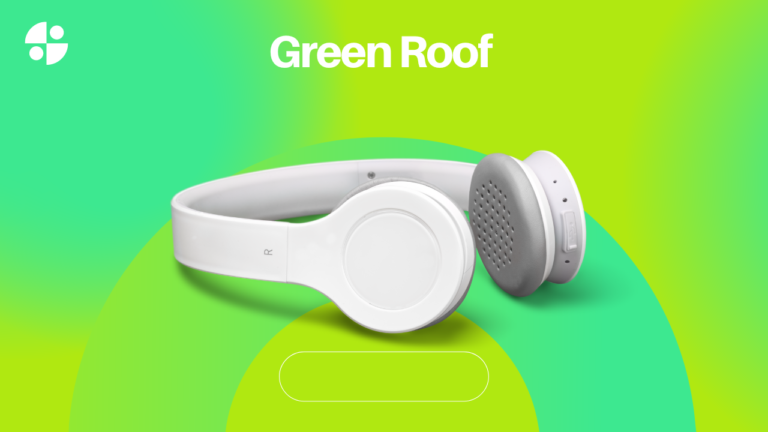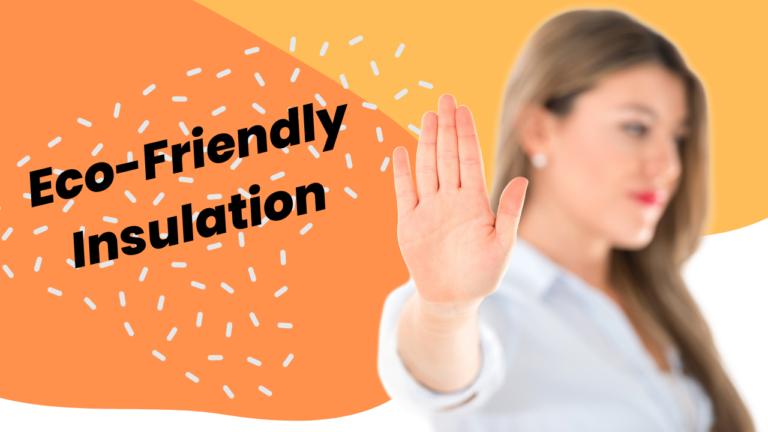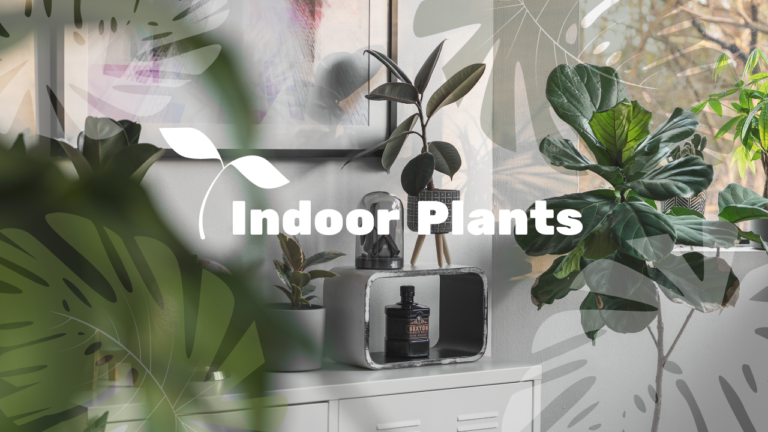How to Choose Plants for Your Urban Green Roof
Urban green roofs are an excellent way to enhance city landscapes, improve building efficiency, and contribute to environmental sustainability. However, the success of a green roof greatly depends on the choice of plants. In this article, we will explore how to choose plants for your urban green roof, considering factors like climate, maintenance, and aesthetic appeal. Understanding these aspects will ensure that your green roof thrives and provides the maximum benefits.
The Importance of Plant Selection for Green Roofs
Choosing the right plants is crucial for the longevity and effectiveness of your green roof. Plants play a vital role in maintaining the roof\’s health, providing insulation, and contributing to its overall aesthetics. Proper plant selection can lead to a more resilient, sustainable, and visually pleasing green roof.
How to Choose Plants for Your Urban Green Roof
1. Assess Your Climate
Understanding the climate of your urban environment is the first step in choosing the right plants for your green roof. Different plants thrive in various temperature ranges, humidity levels, and sunlight conditions.
- Temperate Climates: For temperate regions, consider plants like sedums, grasses, and perennial herbs. These plants can withstand seasonal temperature changes and provide year-round greenery.
- Arid Climates: In arid areas, drought-resistant plants such as succulents, cacti, and low-water grasses are ideal. These plants are adapted to conserve water and can handle high temperatures.
- Cool Climates: Cool climates are suitable for plants like mosses, alpine plants, and certain ferns that can tolerate lower temperatures and occasional frost.
2. Consider Roof Load-Bearing Capacity
The weight of the plants, growing medium, and any additional features must be considered to ensure your roof can support the green roof system. Plants with shallow root systems and lightweight foliage are preferable for roofs with limited load-bearing capacity.
- Lightweight Plants: Sedums, grasses, and certain ground covers are suitable for roofs with lower weight limits.
- Heavier Plants: For roofs designed to support more weight, you might consider adding shrubs or small trees, but ensure that the roof structure is capable of supporting this additional load.
3. Choose Low-Maintenance Plants
One of the key aspects of successful green roof management is selecting low-maintenance plants. These plants should require minimal watering, pruning, and pest control.
- Low-Maintenance Options: Sedums, succulents, and hardy grasses generally require less upkeep. They are resilient to pests and diseases and can thrive with minimal intervention.
- Self-Sustaining Plants: Opt for native species that are adapted to local conditions and require less water and fertilizer. Native plants are more likely to thrive and contribute to the local ecosystem.
4. Incorporate Aesthetic Elements
A well-designed green roof not only serves functional purposes but also enhances the visual appeal of your building. Choose a variety of plants to create an attractive and dynamic green space.
- Color and Texture: Mix plants with different colors, textures, and heights to create visual interest. For example, combine flowering plants with lush green ground covers and ornamental grasses.
- Seasonal Changes: Select plants that offer seasonal changes in appearance, such as flowering perennials or grasses that change color throughout the year. This ensures that your green roof remains visually appealing in all seasons.
5. Ensure Proper Drainage and Growth Medium
The growing medium and drainage system are essential components of a successful green roof. Ensure that the chosen plants are compatible with the type of growing medium and drainage system installed.
- Growing Medium: The growing medium should be lightweight, well-draining, and capable of supporting plant roots. Many green roofs use a mix of soil, compost, and other materials to create an optimal environment.
- Drainage: Proper drainage is crucial to prevent waterlogging and root rot. Ensure that the green roof system includes an effective drainage layer to manage excess water and promote healthy plant growth.
Final Thoughts
Choosing the right plants for your urban green roof is essential for creating a successful and sustainable green space. By assessing your climate, considering the load-bearing capacity of your roof, opting for low-maintenance plants, incorporating aesthetic elements, and ensuring proper drainage, you can design a green roof that thrives and enhances your urban environment. The right plant selection will not only improve the overall functionality of your green roof but also contribute to a more beautiful and eco-friendly cityscape.
FAQs
1. What types of plants are best for a green roof in a temperate climate?
In temperate climates, sedums, grasses, and perennial herbs are ideal. These plants can handle seasonal temperature variations and provide consistent greenery.
2. How can I determine if my roof can support a green roof system?
Consult with a structural engineer to assess your roof\’s load-bearing capacity. They can evaluate if your existing structure can support the weight of the green roof, including plants, growing medium, and other components.
3. Are native plants a good choice for urban green roofs?
Yes, native plants are an excellent choice for urban green roofs as they are adapted to local conditions, require less water and maintenance, and support local wildlife.
4. How often should I water plants on a green roof?
The watering needs of green roof plants vary depending on the species and climate. Generally, green roofs require less frequent watering than traditional gardens. However, during prolonged dry periods, additional watering may be necessary.
5. Can I install a green roof on an existing building?
Yes, green roofs can be installed on existing buildings, provided the structure is evaluated and reinforced if necessary to support the additional weight. Proper planning and consultation with professionals are crucial for a successful installation.





